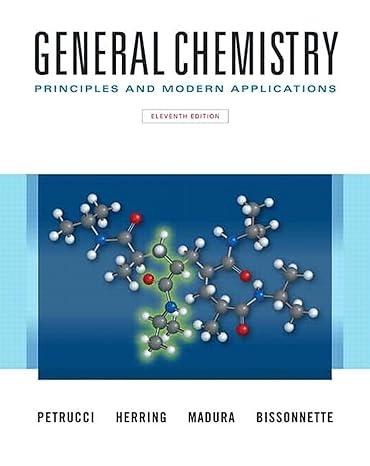In light of information presented to this point in the text, explain which of the three assumptions
Question:
In light of information presented to this point in the text, explain which of the three assumptions of Dalton’s atomic theory can still be considered correct and which cannot.
Dalton’s Atomic Theory
From 1803 to 1808, John Dalton, an English schoolteacher, used the two fundamental laws of chemical combination just described as the basis of an atomic theory. His theory involved three assumptions:
1. Each chemical element is composed of minute, indivisible particles called atoms. Atoms can be neither created nor destroyed during a chemical change.
2. All atoms of an element are alike in mass (weight) and other properties, but the atoms of one element are different from those of all other elements.
3. In each of their compounds, different elements combine in a simple numerical ratio, for example, one atom of A to one of B (AB), or one atom of A to two of B (AB2).
If atoms of an element are indestructible (assumption 1), then the same atoms must be present after a chemical reaction as before. The total mass remains unchanged. Dalton's theory explains the law of conservation of mass. If all atoms of an element are alike in mass (assumption 2) and if atoms unite in fixed numerical ratios (assumption 3), the percent composition of a compound must have a unique value, regardless of the origin of the sample analyzed. Dalton's theory also explains the law of constant composition.
Like all good theories, Dalton's atomic theory led to a prediction-the law of multiple proportions.
Step by Step Answer:

General Chemistry Principles And Modern Applications
ISBN: 9780132931281
11th Edition
Authors: Ralph Petrucci, Jeffry Madura, F. Herring, Carey Bissonnette





